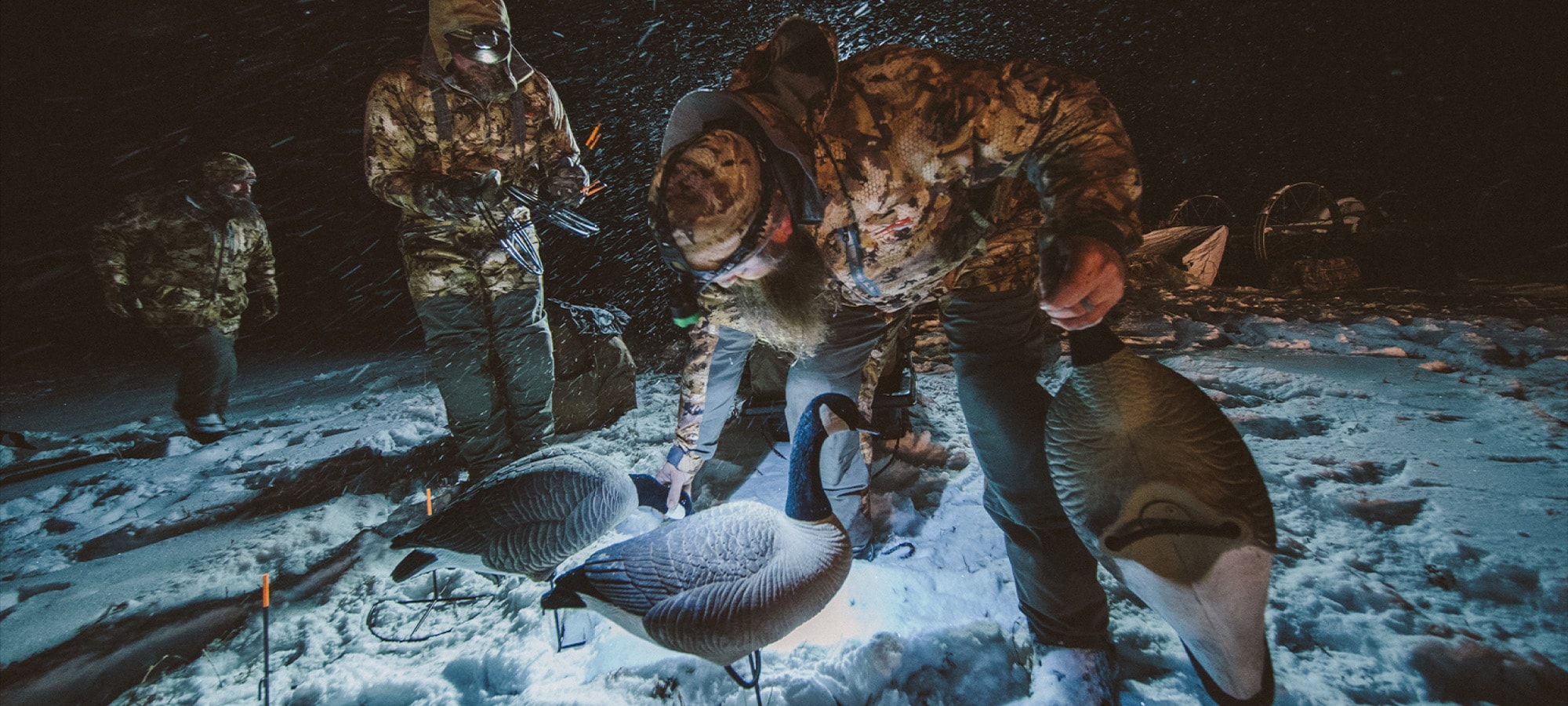It was the kind of cold that sunk into your bones. A wetness that crept under your skin. The front had dropped in fast and hard, but the day was young and there was no way we were going to leave the call of bugling bulls unanswered, so we kept moving along that steep and craggy mountainside in the unforgiving Idaho backcountry.
Dressed in what was supposed to be the best outdoor clothing available, the closest thing to relief we could find was by hunkering down behind a gnarled whitebark pine that seemed a hell of a lot more indifferent to the conditions than we did, and it raised the question of how it ever survived out there.
The answer was simple– it was made for it.

We killed the flame on our camp stove, and under the growing darkness of heavy gray clouds with a rush of bitter and wet wind forcing our eyes shut, we suddenly had the clearest vision of our lives. In fact, we could see for miles.
Thanks to the extreme conditions we’d just been cursing out, we knew what needed to be done. We would make the gear that could stand up to anything the sky could throw at us. Gear engineered to keep discomfort and distractions in check. The gear that simply did not exist.
Back on flat, dry, land we got busy. We looked to our own experience in scree fields, duck blinds, and treelines; we coupled that with what we learned talking at length with the most knowledgeable hunters on the planet– the kind of people who knew half a dozen words for snow and plenty more expletives for freezing rain.

Those trusted voices became part of the SITKA family, and an ongoing loop of feedback between the field and the lab would become integral to everything we made. Advancements would get tested, refined, tested again. And if anything wasn’t the most capable, comfortable piece of outdoor gear there was, believe us, we would hear about it.
We brought science into the equation. Teamed up with GORE. Studied the complexities of movement– and of equal importance– standing still and quiet. Technology progressed to nanotechnology. And we forged it all together with the sweat and tears of more R&D in the harshest, most hostile places on earth.

Looking back, in those early days we might have thought it our mission to triumph over the elements. But as we grew as gear makers, with an increased understanding of our natural environments, we realized it was less about conquering those forces and more about existing alongside them.
The way we see it, unannounced cold fronts and ambushes of rain aren’t barriers to all that awaits in the wild. They are the wild. Inseparable parts of the hunting experience. Not elements to be feared or loathed, just natural obstacles in need of a little balancing out with the help of modern engineering.
And that was only the beginning of a philosophical approach we began to apply when looking at our role in the bigger ecosystem– not just in the forest, but in society, education, conservation, and even policy. Just as the gear had evolved, so had we, and we would always seek ways to balance what we take with what we give.
Storms have the ability to alter the profiles of mountains. They’re a source of power, inspiration, and awakening to be respected. They can send you packing or push you to a place not on any map. The one we encountered that formative day in Idaho opened our eyes, and still drives our decisions. And what we once fought to keep outside our clothes now lives inside us.
They say all storms pass, there’s one we hope never does.

